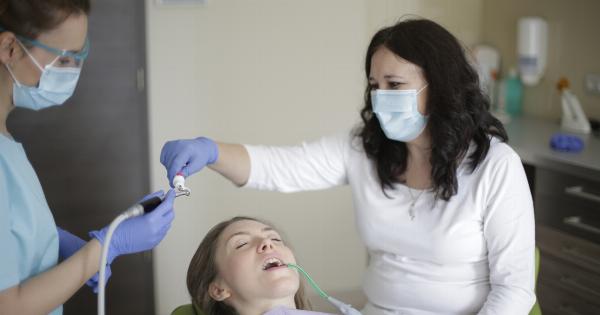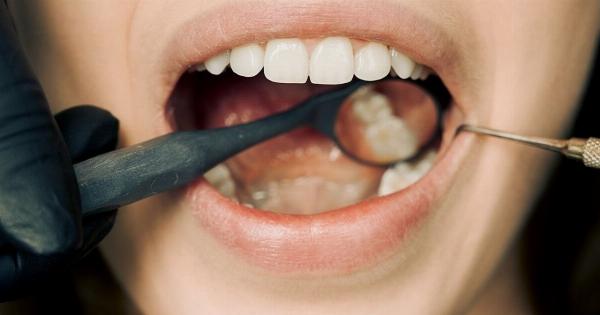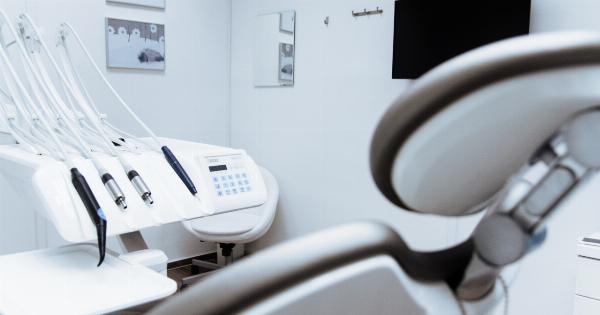Endocarditis is a serious infection of the inner lining of the heart’s chambers and valves. It can lead to life-threatening complications if not treated promptly. Antibiotics play a crucial role in preventing endocarditis during dental visits.
This article explores the relationship between antibiotics and endocarditis, emphasizing their essentiality for dental procedures.
Understanding Endocarditis
Endocarditis is primarily caused by bacteria entering the bloodstream and then infecting the inner lining of the heart.
People with certain heart conditions, such as congenital heart defects or damaged heart valves, are at a higher risk of developing this infection.
The symptoms of endocarditis can vary but often include fever, fatigue, joint pain, and shortness of breath. If left untreated, it can lead to severe complications such as heart failure, stroke, or even death.
Dental Visits and Endocarditis Risk
Dental procedures, such as cleanings, fillings, or extractions, can sometimes result in bacteria entering the bloodstream. While this is generally harmless for most individuals, it can pose a significant risk for people with certain heart conditions.
The bacteria released during dental visits can potentially colonize the heart’s inner lining, leading to endocarditis. Hence, preventive measures must be taken to mitigate this risk.
Role of Antibiotics
Antibiotics are medications that inhibit the growth or destroy bacteria. In the context of endocarditis prevention, they are used to eliminate bacteria from the bloodstream, reducing the chance of infection.
Prior to dental procedures, individuals at risk of endocarditis may be prescribed a short course of antibiotics. This pre-treatment aims to eliminate or reduce the bacterial load in the mouth and prevent their spread during the dental visit.
Guidelines for Antibiotic Prophylaxis
The American Heart Association (AHA) provides guidelines for antibiotic prophylaxis in individuals at risk of endocarditis.
These guidelines help dentists and healthcare professionals determine which patients require antibiotics prior to dental procedures.
According to the AHA guidelines, antibiotic prophylaxis is recommended for individuals with the highest risk of endocarditis, including those with:.
- Prosthetic heart valves
- Prior history of endocarditis
- Certain congenital heart defects
- Heart transplant recipients with valve problems
Additionally, antibiotic prophylaxis may be considered for patients with:.
- Unrepaired cyanotic congenital heart disease
- Repaired congenital heart disease with residual defects
- Cardiac valve repair with prosthetic material
It is important to note that the guidelines for antibiotic prophylaxis have evolved over time, and the decision to prescribe antibiotics should be based on the individual’s specific situation and healthcare provider’s recommendation.
Commonly Prescribed Antibiotics
There are various antibiotics that can be prescribed for prophylaxis against endocarditis during dental visits.
The choice of antibiotic depends on several factors, including the patient’s overall health, potential drug interactions, and the type of dental procedure being performed.
Some commonly prescribed antibiotics for endocarditis prophylaxis in dental procedures include:.
- Amoxicillin
- Cephalexin
- Clindamycin
- Azithromycin
- Clarithromycin
It is essential to follow the prescribed dosage and complete the full course of antibiotics to ensure effectiveness.
Risks and Limitations
While antibiotic prophylaxis can significantly reduce the risk of endocarditis, it is not without risks and limitations.
The use of antibiotics can sometimes lead to adverse effects, including allergic reactions, gastrointestinal disturbances, or the development of antibiotic-resistant bacteria.
Additionally, overuse or misuse of antibiotics can contribute to the rise of antibiotic resistance, making infections harder to treat in the future.
Therefore, it is crucial to carefully evaluate the need for antibiotic prophylaxis on an individual basis.
Importance of Dental Care
Preventing endocarditis during dental visits goes beyond the use of antibiotics. Good oral hygiene practices, regular dental check-ups, and prompt treatment of dental issues are equally vital.
Maintaining proper oral hygiene, such as brushing twice a day, flossing, and using antimicrobial mouthwashes, helps minimize the bacterial load in the mouth. This reduces the chance of bacteria entering the bloodstream during dental procedures.
Regular dental check-ups allow dentists to identify and treat dental problems before they worsen. Early detection and treatment can prevent the need for invasive dental procedures and minimize the associated risks.
Shared Decision-Making
Decisions regarding antibiotic prophylaxis for endocarditis prevention should be made collaboratively between the patient, dentist, and healthcare provider.
Each case is unique, and factors such as the patient’s medical history, current health status, and dental procedure involved should be considered.
It is essential for patients to inform their dentist about their medical conditions, previous history of endocarditis, and any recent changes in their health.
This enables the dentist to make an informed decision and provide the necessary preventive measures.
Conclusion
Antibiotics play a vital role in preventing endocarditis during dental visits in individuals at high risk. However, antibiotic prophylaxis alone is not sufficient.
Good oral hygiene practices, regular dental check-ups, and early treatment of dental problems are also key components in reducing the risk of endocarditis.
Shared decision-making between the patient, dentist, and healthcare provider ensures that the most appropriate preventive measures are taken for each individual case.
By combining antibiotic prophylaxis with comprehensive dental care, the risk of endocarditis can be significantly minimized.





























